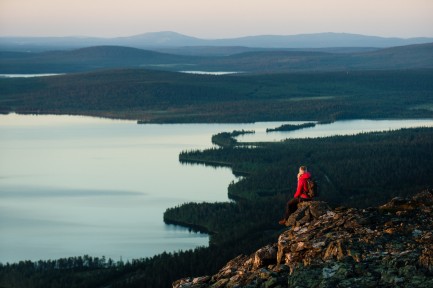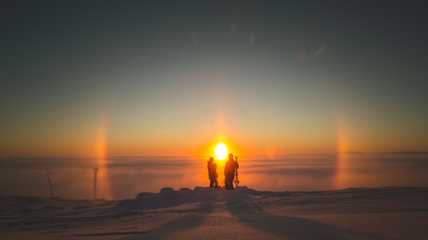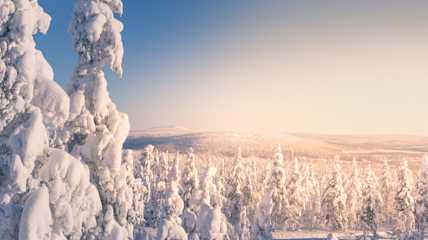
The purest air in the world – Lapland's Underrated Treasure
The purest air in inhabited areas on Earth is found in Lapland. Clean air is a valuable treasure, the significance of which might not be immediately apparent.
In Finland, air quality is closely monitored throughout the country. However, from a visitor's perspective, one particularly fascinating location stands out: the Pallas-Yllästunturi National Park and its Sammaltunturi measurement station. Not only is it scientifically proven to be one of the world's cleanest sources of air, but the station also researches many other aspects of climate and the environment in addition to air pollutants.
Measuring the World's Purest Air in Pallas
The Pallas measurement station offers a unique opportunity to explore the secrets of pure air. The station measures various components of air, including particulate matter, air pollutants, and other components. These diverse measurements help understand how particulate matter affects the entire climate and the health of individuals.
– Particulate matter is a significant air pollutant, and measuring it in Pallas has been ongoing since the 1990s. The station also monitors the effects of climate change on the Arctic region and its unique atmosphere. The Pallas measurements provide valuable long-term data for scientific research and the development of climate models, explains Eija Asmi, Senior Researcher at the Finnish Meteorological Institute and Head of the Aerosols and Climate research group.
While Finns might not directly pay great attention to the pure air in their country, foreign travelers might highly appreciate it.
– For example, Belgian students were impressed by the clean air they experienced in Helsinki. Such a unique natural resource could be a more widely appealing factor for foreign tourists, Asmi continues.
The attractiveness of clean air becomes evident to those seeking peace, purity, and health in a holiday destination. Pure air is not just a tourist attraction but also a health-promoting asset.
– It is evident that clean air has a positive impact on people's health. Low air pollution statistically increases healthy life years. The impact is even greater when you travel from a more polluted location.
Clean air can add healthy years to life, while dirty air can be lethal. But how has such an important issue received so little attention?
– People might not grasp how dangerous polluted air is to health. In many countries, particulate matter is the genuinely hazardous factor. However, there are many other things people fear more than air pollution.

The world's cleanest air is largely explained by Lapland's location on the edge of Europe and the Arctic. We are far away from major sources of air pollution and large crowds. When discussing the activities of travelers coming to the area from elsewhere, it's crucial to consider how tourism affects the local environment.
– Even though tourism in Pallas or, more broadly, in Lapland, doesn't seem to significantly impact air quality yet, it's essential to ensure that tourism develops in a sustainable manner. Promoting train travel and public transportation could be one way to reduce the environmental impact of tourism in the region and in the larger picture, notes Asmi.
Lapland's clean air is currently a valuable natural resource. Climate change could bring new threats, such as increased pollution and emissions from human activities. It is crucial that local and international stakeholders collaborate to ensure the preservation of clean air and, more broadly, the Arctic nature for future generations.
– Instead of clean air, in Lapland, there is legitimate concern about the biodiversity of nature and its development. If the diversity of nature is lost for one reason or another, what would people then come here to admire?








